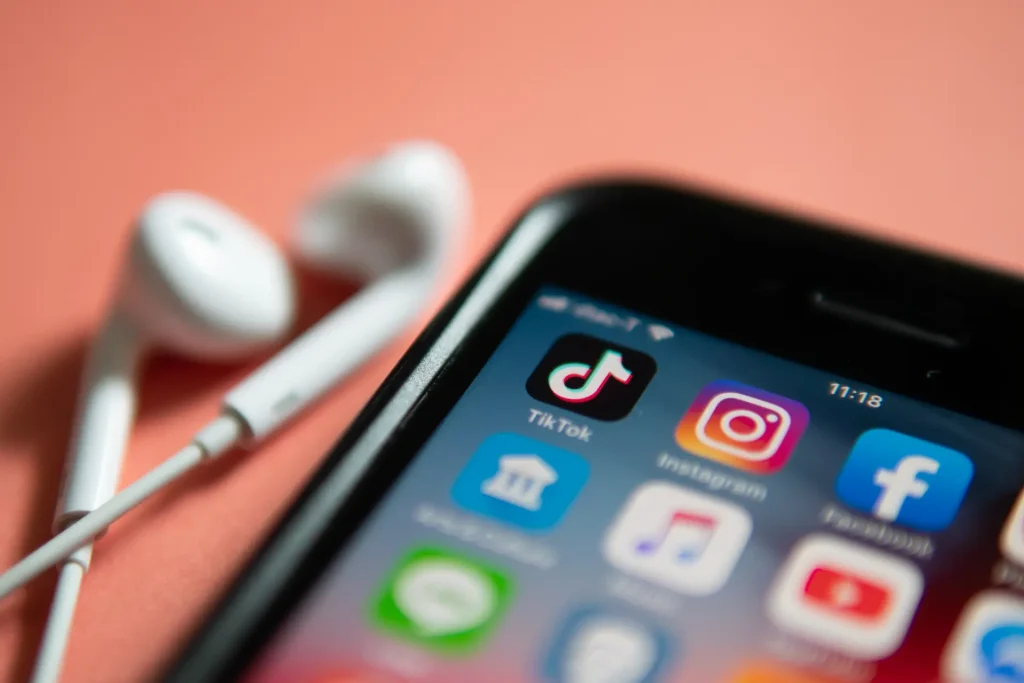As social media continues to shape youth culture, a troubling side effect is emerging: viral challenges on platforms like TikTok are putting children’s lives at risk. While some trends promote learning and safety, others have led to severe injuries, hospital visits, and even death — all in pursuit of internet fame.
The Hidden Dangers Behind Trendy Videos
Dr. Nicholas Cozzi, an emergency physician in Chicago, has seen first hand the consequences of these viral stunts. He recalls treating a young patient who overdosed on Benadryl after watching a challenge that promised hallucinations. The child suffered serious cardiac issues and required intensive care.
Another case involved a child with second-degree burns, the result of mimicking a trending challenge that combined heat and dance. While it may sound absurd, the injuries were very real — and entirely preventable.
Even seemingly harmless drink-related trends, like the “BORG” (Blackout Rage Gallon), have led to troubling scenes. Dr. Cozzi described an incident during Chicago’s St. Patrick’s Day, where groups of young people were spotted openly carrying these concoctions: a mix of vodka, caffeine, and electrolytes — all made popular by social media.
Deadly Trends: More Than Just a Phase
The most dangerous trends have escalated far beyond harmless fun. The “Blackout Challenge,” which involves intentionally restricting one’s oxygen to induce a brief high, has been linked to multiple fatalities — including children as young as eight. Another trend, known as the “Skullbreaker Challenge,” has caused traumatic brain injuries and even paralysis in unsuspecting kids who were tricked into participating.
What makes these challenges especially dangerous is the speed at which they spread — often without any context or warnings.
Social Media’s Role — and What Needs to Change
According to Time, Dr. Cozzi emphasizes that these incidents aren’t isolated. They reflect a larger issue: a digital environment where shock value outpaces safety. While platforms like TikTok have community guidelines, enforcement often lags behind the trends.
The responsibility doesn’t fall solely on tech companies. Parents, educators, and caregivers also play a key role in teaching kids how to navigate the internet safely. Open conversations about digital responsibility, peer pressure, and media literacy can go a long way in preventing harm.
A Call for Awareness and Action
The rise of these viral challenges is a reminder that what entertains can also endanger. While platforms can and should do more to moderate harmful content, it’s also up to adults to stay informed and engaged.
Talking to children about what they’re watching — and why — may be the simplest yet most effective way to keep them safe in a digital world that never stops moving.

